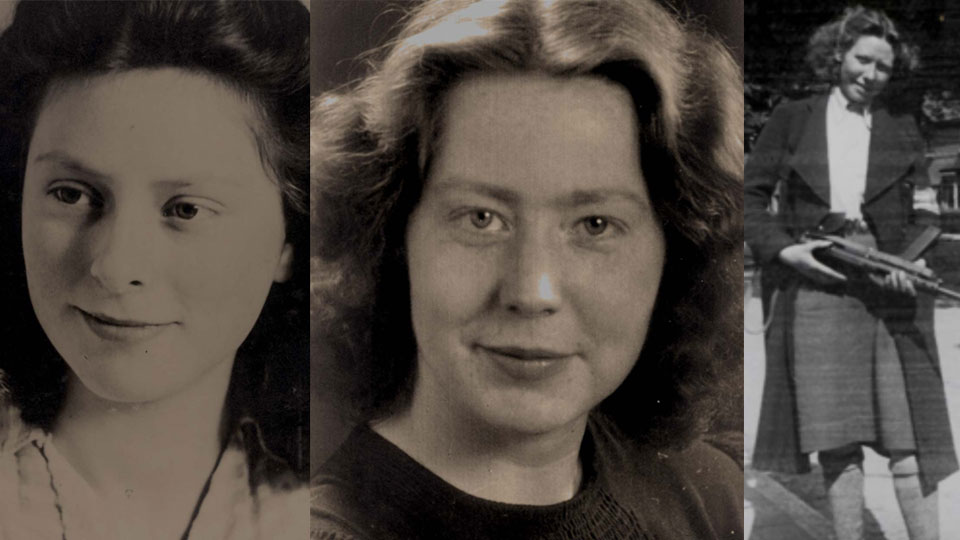Three teenage girls living in the Netherlands during World War II spent their evenings talking to German soldiers, extracting information from them and then luring them into the woods where they would shoot them.
The three were part of the Dutch resistance. Their story is being told in a new book by Sophie Poldermans called “Seducing and Killing Nazis – Hannie, Truus, and Freddie: Dutch Resistance Heroines of WWII.”
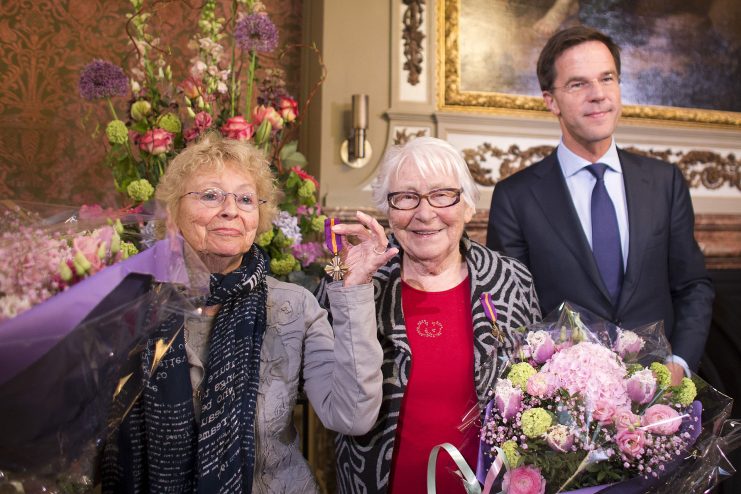
Hannie Schaft is the more famous of the three. She was caught by the Nazis and executed only three weeks before the end of the war. Her famous last words were, “I’m a better shot,” after her executors merely wounded her with their first attempt.
Freddie and Truus Oversteegen both survived the war and lived until they reached 92 years of age each.
The three were close friends as girls. They began working for the Dutch resistance by delivering illegal newspapers with news about the German soldiers. They also obtained false IDs for Jews who were in hiding.
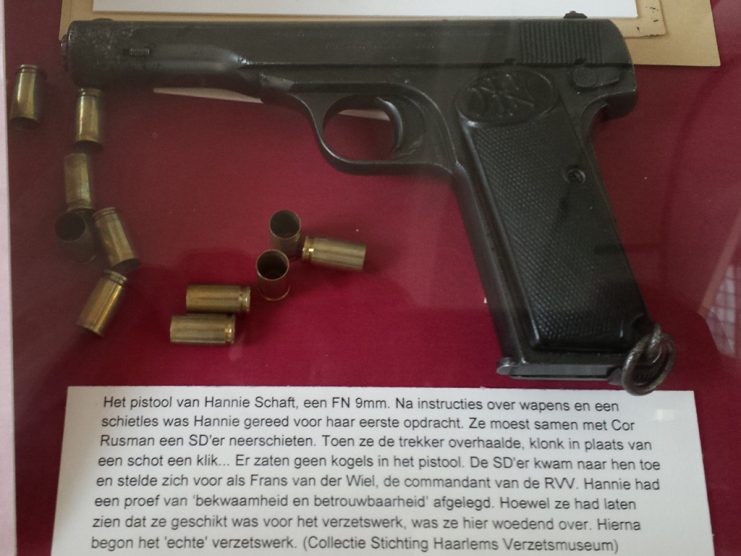
After weapon instructions and target practice, Hannie was ready for her first assignment. Together with Cor Rusman, she had to shoot an SDer. When she pulled the trigger, a click sounded rather than a shot… There were no bullets in the gun. The SDer approached them and introduced himself as Frans van der Wiel, the commander of the RVV. Hannie had passed a trial of ‘competence and reliability’. Although she had shown that she was fit for the resistance, she was furious about this. After this the ‘real’ resistance work started.
The two Oversteegen sisters were born in Haarlem and raised by their divorced mother. Their mother did not shield them from the problems of the world. Instead, she had the girls make dolls for children victimized by the Spanish Civil War.
Poldermans worked with the Oversteegen sisters for more than ten years as board member of the National Hannie Schaft Foundation.
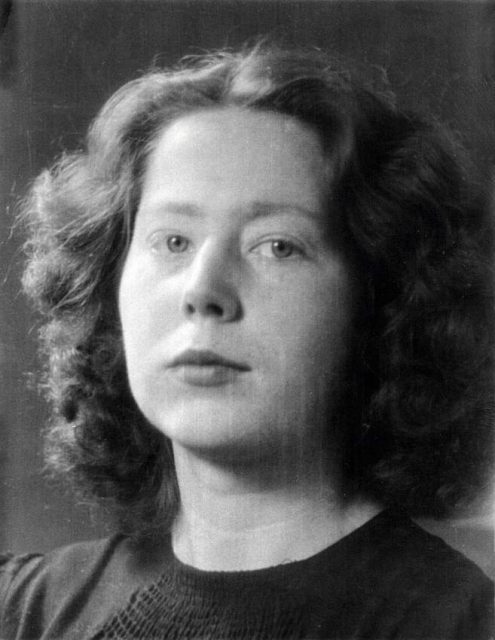
She said that Truus and Hannie would help take Jewish children to safe houses on their bikes. Freddie was too young to help at that time, being only 14 when the war began.
Also, her features could have led some to believe she was a Jewish child herself, so it was too risky for her to help.
Eventually the three became much more involved in the resistance effort. They planted explosives and demolished trains and railway lines so that the Nazis would not be able to transport Jews or soldiers.
Not long after, in the summer of 1943, they began seducing German soldiers. They would receive targets from the leaders of the Dutch Resistance.
Then they would put on their makeup and nice clothing and head to the bars.
At the time, Freddie was 16, Truus was 18 and Hannie was 21. They continued this work until the end of the war.
The girls would act like crowd girls, native girls who began relationships with the occupying soldiers. They would flirt with the soldiers and then offer to take a romantic walk in the woods.
They would get whatever information they needed from the soldiers and then shoot them on the spot.
If they felt they were raising suspicions in one area, they would begin working in a different area.
Polderman noted that the women never actually slept with the soldiers. They kept their work secret even from family and friends.
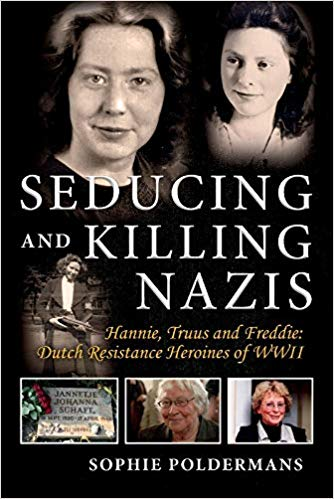
Truus was a tomboy who had never worn makeup before. Hannie always made sure to wear makeup before she went on an assignment because she wanted to “die beautifully” if she was caught.
The Oversteegen sisters never revealed how many soldiers they killed. Freddie once told Polderman that it was not the sort of thing you should ask a soldier.
Polderman said that the sisters suffered from depression and PTSD after the war. She said that they experienced nightmares every year around Liberation Day in May.
Freddie actually left the country around that time every year because it got so bad for her.
Polderman also said that the women did not receive recognition for their efforts until long after the war was over.
Another Article From Us: Holocaust Survivor in Italy Under Police Protection After Threats
Many people in the Netherlands did not want to look back at the war, plus most of the stories about the Resistance were about men.
